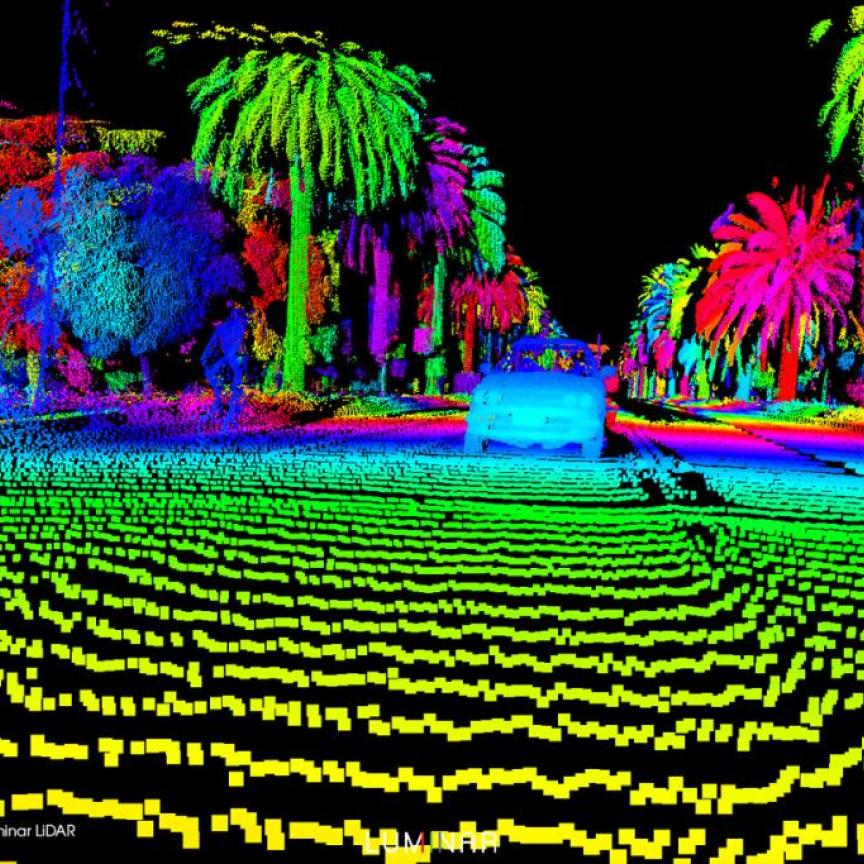Business leaders and researchers have released an industry compendium to inform commercial and political decision-makers about the potential of diverse types of particle accelerators and their applications, as well as their benefits in the fields of health, security and safety.
Particle accelerators were developed at the beginning of the last century, helping scientists investigate many things, including the structure of matter, elementary particles, and their interactions. The best-known example of the particle accelerator is the world's largest one, located at CERN. However, far more additional accelerator facilities exist than one would suspect. There are over 17,000 systems that serve a wide variety of applications, including several hundred in research and over 7,000 in medicine.
The APAE (Applications of Particle Accelerators in Europe) brochure explains the current state of the technology and the wide range of applications for particle accelerators that the public usually perceives as being restricted to large research facilities. Moreover, the guide identifies future development priorities as well as the funding and educational needs in these sectors, and highlights the importance of particle accelerators for research and industry in Europe and their resulting impact on current social challenges.
‘It is the first time that the EU's entire industry has worked together - from the highest energy accelerators in basic research to low-energy applications in industrial production,’ explained Frank-Holm Rögner, head of the department ‘EB Processes’ at Fraunhofer FEP and co-author of the brochure. ‘This is the first comprehensive overview of European expertise in the field of particle accelerators. Its compiling cannot be taken for granted, because there has also been a backlog in communication within the particle accelerator community between the specialised technologies and applications.'
Many well-established industrial technologies that are based on electron-beam sources, for example, are largely unknown. One successful example is the long-term use of mobile agricultural seed treatment systems that can be adaptably configured and employed at seed facilities.
Fraunhofer FEP played a major role in the development of the subchapter entitled 'Accelerators and Industry - Very Low-Energy E-Beams', thanks to the institute's more than 20 years of experience in the development of electron beam technologies and the use of accelerated electrons for a wide range of surface treatments.
Low-energy electrons can produce great benefits when applied in traditional areas such as metal treatment and the automotive industry, as well as in sectors of the economy that seem unusual at first glance, such as agricultural seed treatment, and more recently in medicine and pharmacology. In addition to technological development, the Fraunhofer FEP has also made a name for itself over the decades in the design and construction of complete, customer-specific electron-beam systems.


